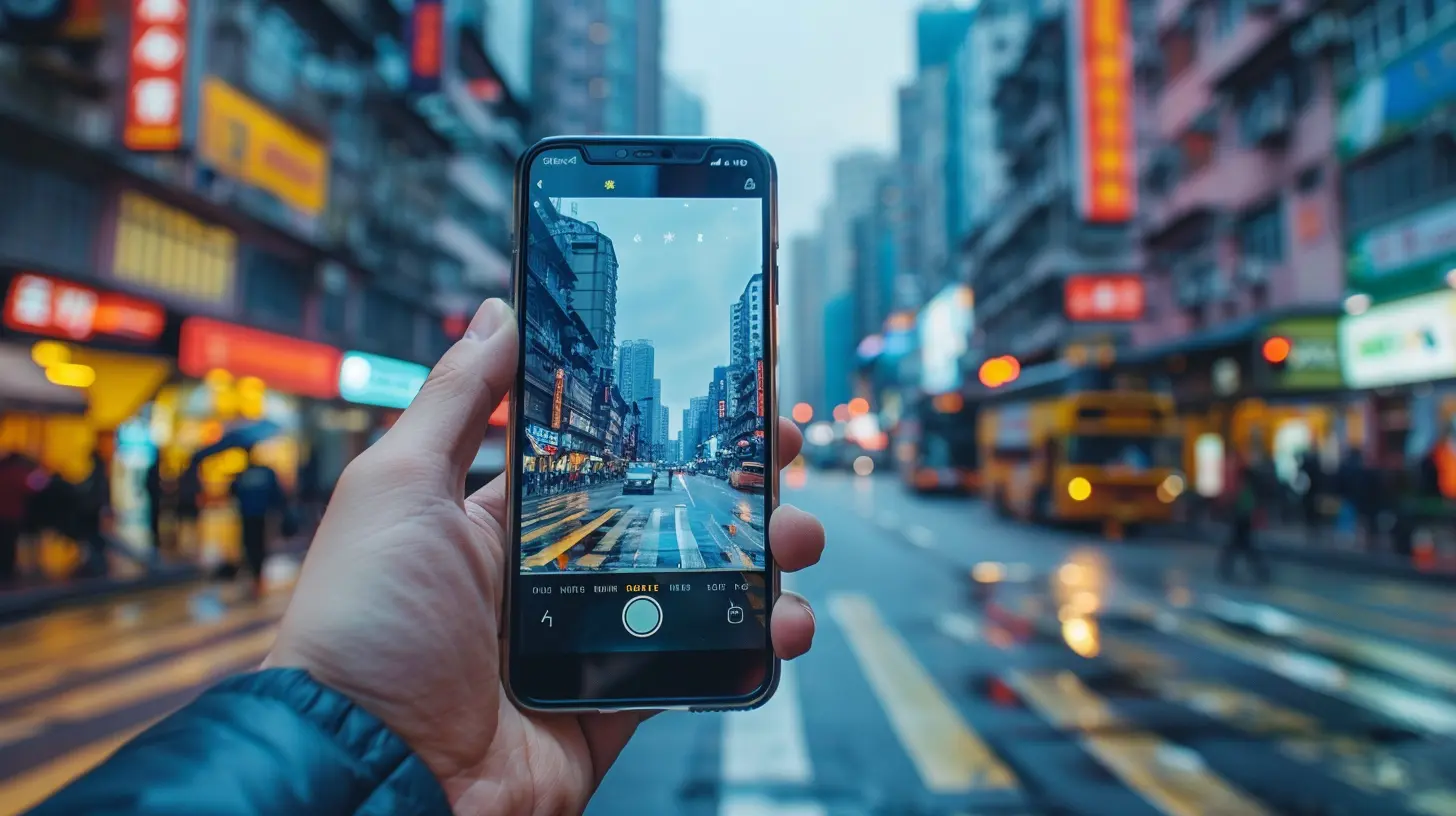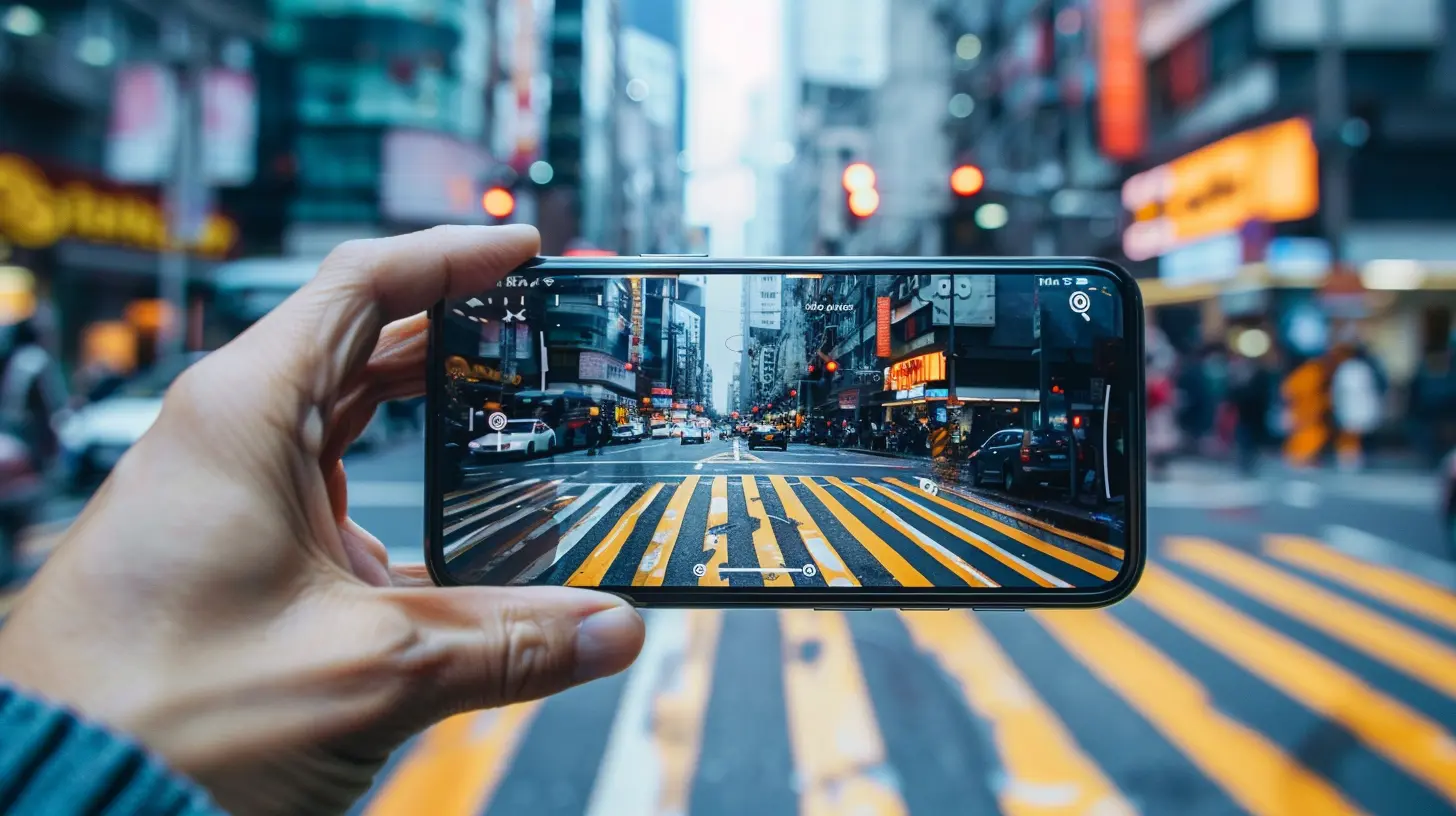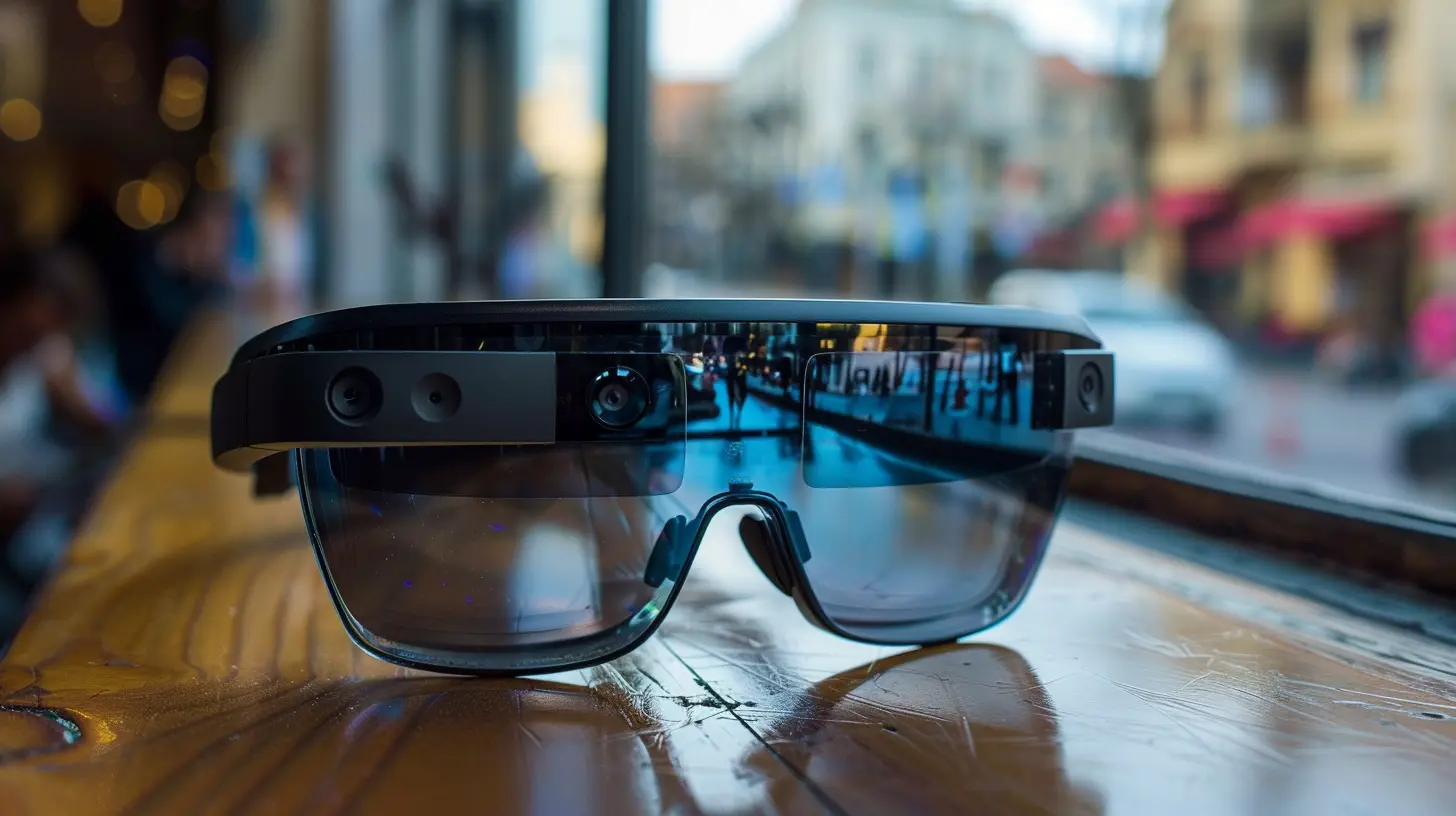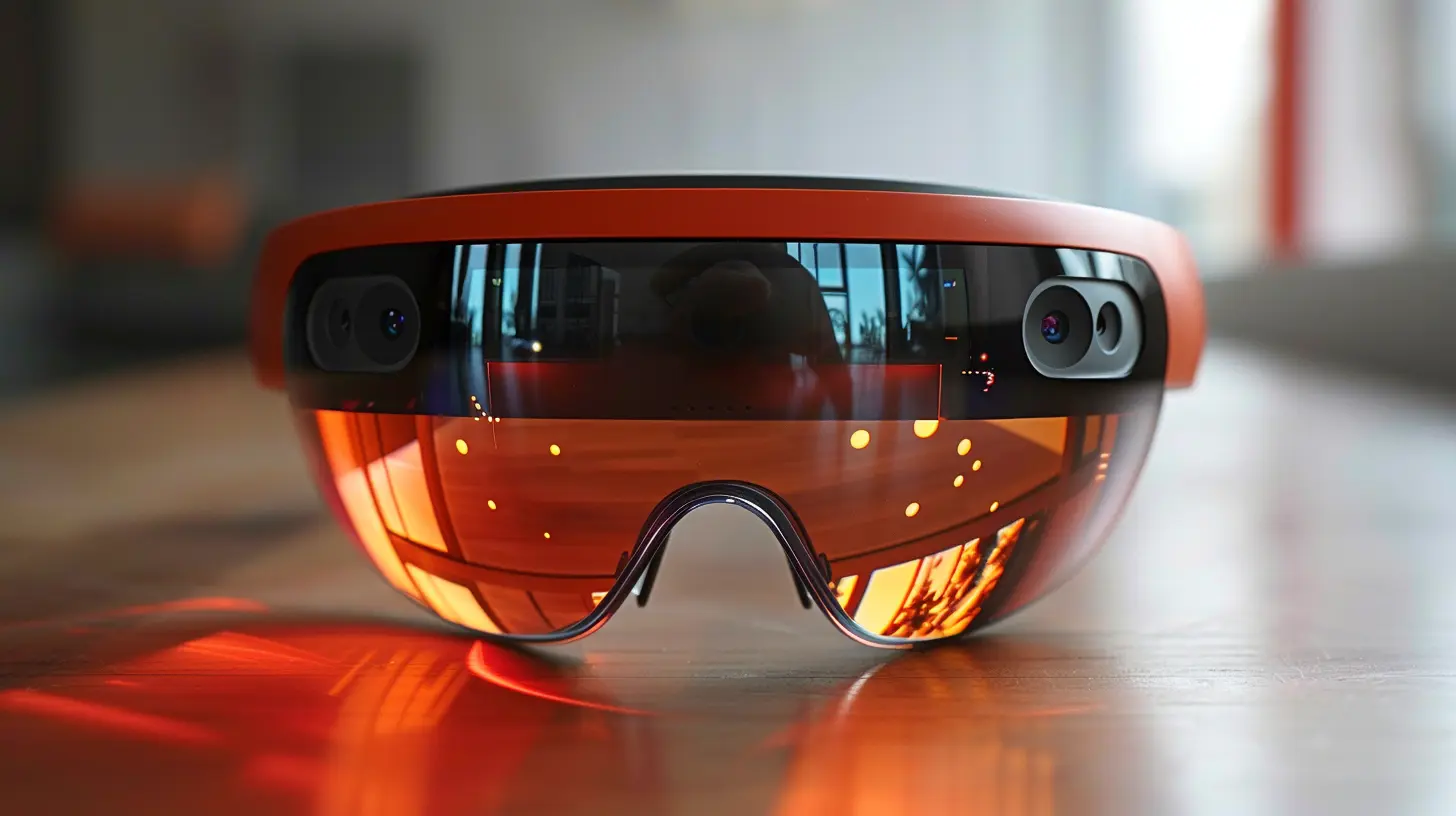Exploring the Ethical Implications of Augmented Reality
8 October 2025
Let’s be honest — augmented reality (AR) isn’t just a buzzword anymore. It’s not some futuristic concept stuck in sci-fi movies or a gimmick only used in cool Snapchat filters. It’s here. It’s real. And it’s slowly weaving its way into our everyday lives — from gaming and education to healthcare and marketing.
But with all that excitement and innovation, it’s easy to get caught up in the "wow factor" and forget to ask the hard questions. Like… is this actually good for us? What about privacy? Are we tampering with reality too much? And most importantly, where do we draw the ethical line?
In this article, we’re diving deep into the ethical implications of augmented reality. If you’ve ever found yourself wondering if we’re pushing tech a bit too far, this is for you.
What Is Augmented Reality, Really?
Before we get into the ethics, let’s make sure we’re all on the same page.Augmented reality is the technology that overlays digital content on the real world. Think of Pokémon Go — suddenly a Pikachu appears in your backyard right through your smartphone. Or imagine using smart glasses that show real-time translations in front of your eyes while you’re traveling in a foreign country.
Pretty cool, right? But it’s more than just entertainment — AR is being used in education, medical training, military simulations, and even mental health therapy. The potential is endless… and so are the ethical debates.
The Double-Edged Sword: Innovation vs. Intrusion
As with most tech, AR walks a fine line. On one hand, it’s groundbreaking. On the other, it nudges us toward a world where reality becomes increasingly blurred.Take Google Glass, for example. It was ahead of its time — voice commands, real-time updates, facial recognition, the works. But it also creeped people out. Why? Because someone could be recording you without your knowledge. That’s the tricky part. With AR, the line between personal space and surveillance gets fuzzy fast.
So, let’s unpack some of the biggest ethical concerns floating around in the world of augmented reality.
Privacy: Who’s Watching Whom?
Let’s start with the big one — privacy. AR devices are often equipped with cameras, microphones, and GPS. They need data to function, right? But the question is — whose data?When you’re using an AR app that scans your surroundings, it’s not just collecting your data. It might also unintentionally capture others in your environment — strangers, license plates, personal property, you name it. And that raises some major red flags.
🎯 Key Worry:
Who owns the visual data captured by AR devices? You? The app company? The government?It’s not just about personal use either. Companies can use AR to track consumer behavior, movement patterns, and even emotional reactions to advertisements. It’s marketing genius — but it’s also eerily close to surveillance.
Consent: Do Bystanders Get a Say?
Imagine walking down the street and someone wearing AR glasses scans you to find your social media profile or personal info. Sounds like something out of Black Mirror, right? But the tech is already heading in that direction.That’s where consent becomes a minefield. You might agree to use an AR app, but what about the people around you who haven't? They don’t get a warning, let alone a say. And if we’re overlaying digital content on real people and spaces, the ethical line becomes messier than a toddler’s finger painting.
🤔 Food for Thought:
Should there be clear indicators that someone is using AR, just like we have to give consent for cookies online?Manipulation of Reality: Can We Trust What We See?
Think about how AR lets us change the world around us — virtual art in public parks, interactive billboards, immersive historical tours. Amazing, right? But what happens when the lines between what’s real and what’s digital become too blurred?Imagine someone using AR to deface public monuments, spread propaganda, or distort historical sites. Is it still "freedom of expression”? Or is it pushing misinformation in a way that's dangerously hard to trace?
🎯 Key Concern:
AR could shape opinions by altering perceptions of the real world — and that gives a whole new meaning to "seeing is believing."Data Collection: More Than You Bargained For
Let’s be real. Data is the currency of the digital age. And AR? It collects loads of it.From where you walk to what you look at, how long you engage with virtual objects, and even emotional cues — it’s all fair game for developers if it's not regulated properly.
But what happens to that data? Is it anonymized? Sold? Shared with third parties? Used to train AI? Stored forever?
Most users have no idea. And that’s the problem. Transparency is often buried in long, complicated privacy policies that no one reads.
✅ What We Need:
- Clear data use policies.- Easy opt-outs.
- Regular audits for AR providers.
Impact on Mental Health: Is AR Adding to the Noise?
Let’s take a step back. Think about how social media has affected our mental health — increased anxiety, FOMO, unrealistic beauty standards, etc.Now imagine living in a world where digital overlays are constantly competing for your attention. AR could easily go from helpful to overwhelming. Pop-ups in your field of vision, constant notifications, or virtual “enhancements” of people’s appearances — it sounds like a recipe for cognitive overload.
And what about kids? They’re growing up in this hyper-connected, digital-first world. We’re just beginning to understand how AR might affect their development, attention spans, and self-image.
😟 Red Flags:
- Reduced real-world interaction.- Increased disconnection from physical reality.
- Over-reliance on tech for basic tasks.
Inequality and Accessibility: Who Gets to Live in this New World?
Like most emerging tech, AR could widen the digital divide if we’re not careful.Think about it — the latest AR glasses, smart devices, and applications aren’t exactly cheap. That means only certain groups can access and benefit from them. Meanwhile, others are left behind.
Plus, accessibility is a major concern. AR design often caters to able-bodied users. What about people with visual impairments, hearing loss, or cognitive disabilities? Inclusion needs to be baked into the system — not added as an afterthought.
🛠 Solutions Needed:
- Affordable hardware.- Inclusive app design.
- Community-driven solutions for underserved areas.
Legal Grey Areas: Who’s Liable?
If an AR navigation app points someone into oncoming traffic — who’s responsible? The developer? The user? The manufacturer?These scenarios are real. As AR becomes more mainstream, so do accidents and misunderstandings. But the law is struggling to keep up. Most existing regulations don't cover AR-specific issues.
Without clear legal guidelines, both users and companies are navigating a pretty murky ethical space.
The Future of AR Ethics: What Can We Do?
The ethical implications of AR aren’t just theoretical conversations for tech junkies and philosophers. These are real-world concerns that could impact how we interact with reality, with each other, and with the digital fabric of society.So, what can we do?
💡 Here Are a Few Ideas:
- Implement ethical guidelines: Companies should follow strict ethical standards during development.- Create AR awareness campaigns: Help users understand potential risks and responsibilities.
- Establish AR-specific regulations: Governments must craft laws tailored for AR environments.
- Promote ethical design: Developers should use privacy-by-design and transparency-first approaches.
Wrapping It Up
Let’s face it: we’re stepping into an era where our reality is no longer fixed. Augmented reality doesn’t just change what we see — it changes how we think, behave, and connect.That’s why we need to stay curious, cautious, and most importantly — ethical. Just because we can do something with AR doesn’t always mean we should.
So next time you put on those sleek AR glasses or open an immersive app, just take a moment to think — who is watching? What data is being shared? And how does this digital layer change your reality?
Because in the end, AR isn’t just about enhancing the world… it’s about redefining our place in it.
all images in this post were generated using AI tools
Category:
Augmented RealityAuthor:

Gabriel Sullivan
Discussion
rate this article
1 comments
Thalia McCarthy
Great insights! It would be interesting to explore how user consent and privacy can be prioritized in augmented reality implementations.
October 18, 2025 at 4:58 AM

Gabriel Sullivan
Thank you! Prioritizing user consent and privacy is crucial in AR development, and I look forward to discussing strategies for achieving that balance in future discussions.


